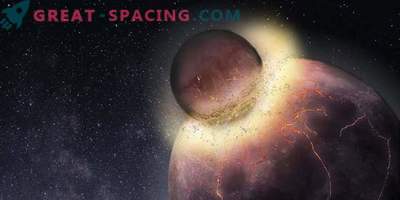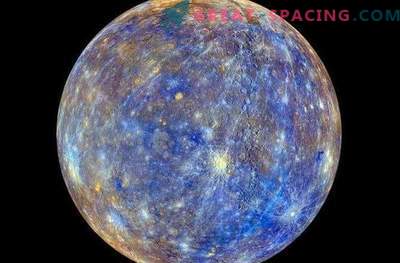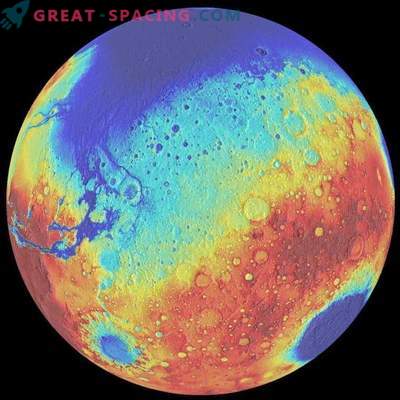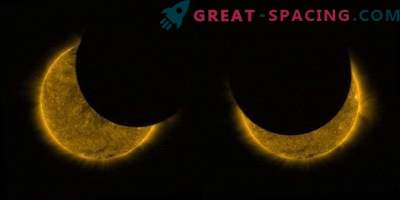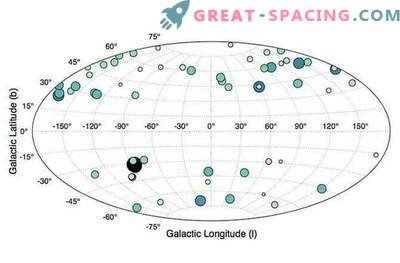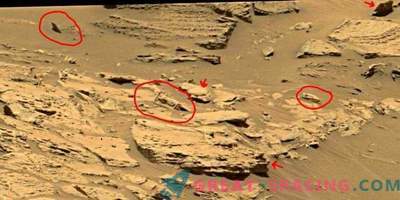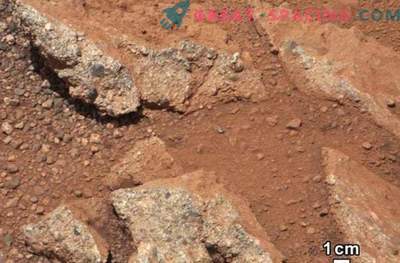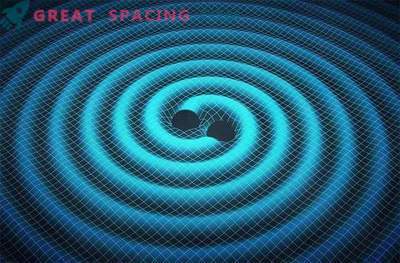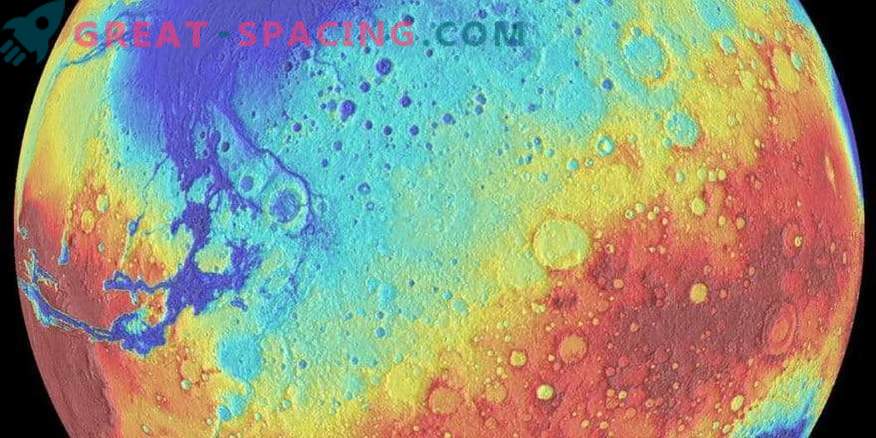
The surface features of the northern and southern hemispheres of Mars are very different. The topographic map shows that the northern (blue) appears predominantly smooth lowlands and has extensive volcanism. But the southern (orange) is endowed with an older and crater highland surface. This dichotomy could have been formed due to the large-scale influence
New research suggests that a massive impact on Mars over 4 billion years ago could explain an unusual amount of “iron-loving” elements.
Planets are created in the process of pouring small grains until the object grows to planetesimal. These formations continue to collide and are thrown out of the system, absorbed by the star, or create a planet. But this is not the end of the process, as the planets continue to receive material even after the final stage of formation. This stage is called late accretion, and it comes when residual fragments of planetary formation are deposited on young planets.
Researchers at the University of Colorado at Boulder decided to study in detail the enormous impact of the late accretion period of the Red Planet. The fact is that this process may explain an unusual amount of rare metallic elements in the mantle (the same is observed below the earth's crust). When protoplanets emit enough material, metals, like nickel and iron, begin to separate and fall down, forming the core. That is why the earth's core is represented mainly by iron. It is expected that other elements associated with iron should be present at the core level. Among them it is worth remembering gold, platinum and iridium. However, it turns out that on Mars (as on Earth), there are more of these elements of the siderophil group than was expected from the formation process.
High-pressure experiments show that these metals simply should not be in the mantle. Their presence indicates that they arrived after the separation of the core and the mantle, when it became difficult to descend.
The number of sideophiles accumulated during the last stage should be proportional to the gravitational cross section of the planet. The gravitational section extends beyond the object itself, so gravity will attract bodies to it, even if they are not in the path of a direct collision. This is called gravitational focusing.
It was previously believed that the Earth was endowed with a large number of such elements due to the theory of the gravitational section. Scientists have argued that by showing that the impact of the moon on the earth should have enriched the mantle with a sufficient number of sideophiles.
Early major exposure
Analysis of the Martian meteorites shows that Mars gained another 0.8% by mass due to late accretion. A new study proves that this would require a blow with a body whose diameter would be at least 1200 km. This event should have happened 4.5-4.4 billion years ago.
The study of zircon crystals in ancient Martian meteorites can be used to mark the process of formation of the Martian crust earlier than 4.4 billion years ago. It turns out that a major blow was supposed to cause large-scale melting of the crust and occur before its actual formation. If the blow fell at an early stage, then siderophiles were supposed to retire during the formation of the nucleus.
Understanding late accretion is important not only to explain the abundance of siderophil, but also to determine the upper age limit of the Earth’s biosphere. During each stroke, a small part of the crust is locally melted. With extremely intensive accretion, almost the entire crust of the earth melts. As the accretion intensity decreases, the amount of melting also decreased. It is now believed that the earliest time of the formation of the biosphere falls on low accretion (less than 50% of the molten crust).


